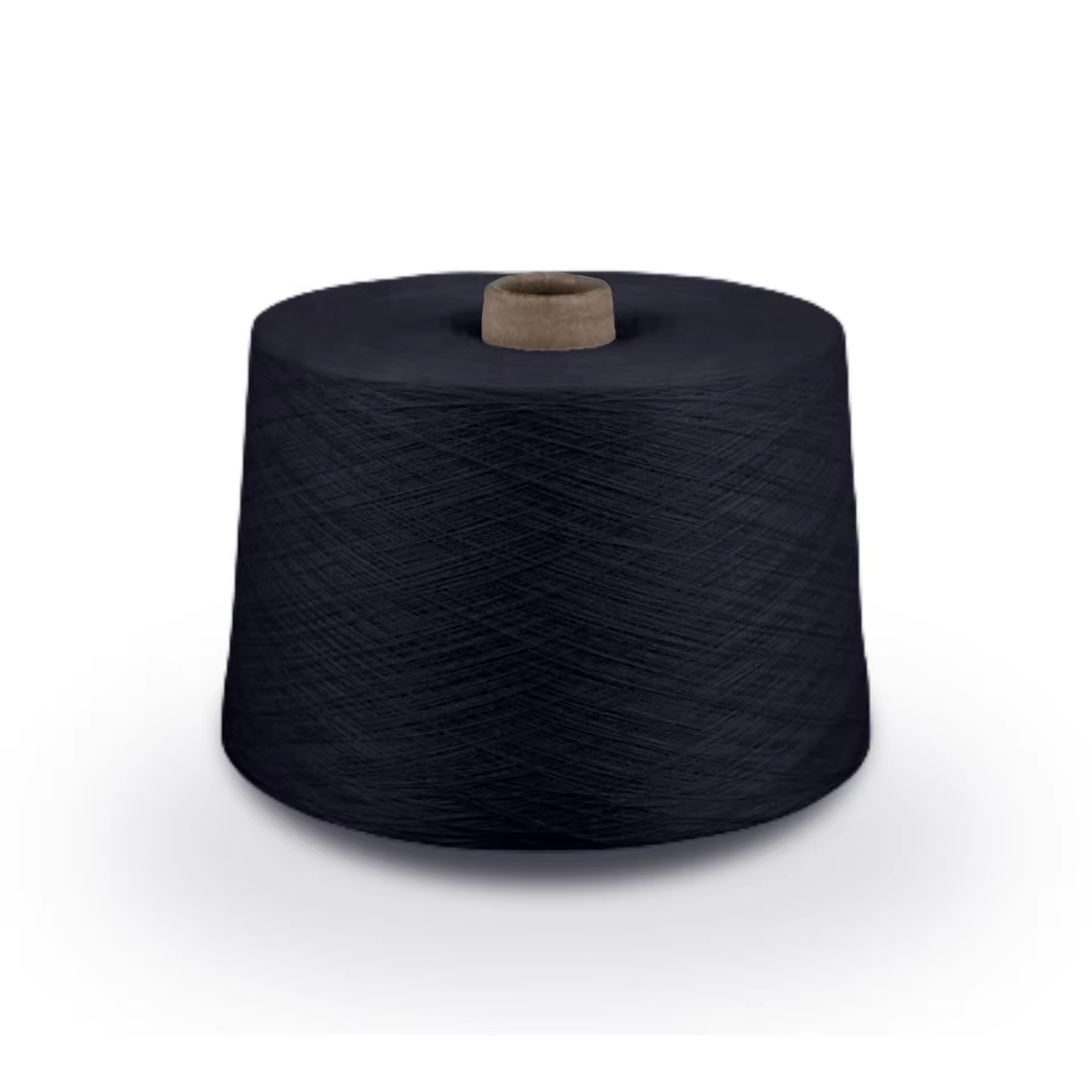Yarn dyed linen stands as a testament to the artistry and innovation within the textile industry, offering a spectrum of vibrant colors and lasting allure that captivates both the eye and the soul. In this user-friendly exploration, we delve into the fascinating world of yarn dyed linen, uncovering the secrets behind its rich hues and timeless charm.
Is Bamboo Fabric the New Wonder Material? Exploring its Pros and Cons
Yarn dyed linen begins its journey with the careful selection of premium flax fibers, renowned not only for their strength but also for their absorbency. Initially, these fibers serve as the canvas upon which an array of vibrant colors will soon come to life. Subsequently, through a meticulous dyeing process, the fibers are imbued with hues that are as bold as they are beautiful. Unlike printed fabrics, where color is applied merely to the surface, yarn dyed linen ensures that every thread is thoroughly saturated with pigment. Consequently, the colors are rich, deep, and enduring. Moreover, this comprehensive dyeing method guarantees that the beauty of the linen is maintained over time, providing lasting appeal.
At the heart of yarn dyed linen lies the art of yarn dyeing—a process that marries craftsmanship with precision. Here, skilled artisans carefully dip each thread into a bath of color, allowing it to absorb the dye and become infused with its essence. This method ensures that every inch of fabric is imbued with uniform color saturation, creating a cohesive canvas that celebrates the beauty of individual threads while weaving them into a harmonious tapestry of hues.
What sets yarn dyed linen apart is not just its vibrant colors, but also its enduring appeal. By dyeing the fibers before they are woven into fabric, yarn dyed linen ensures that color permeates every layer of the textile, from surface to core. This depth of color penetrates beyond the surface, resisting fading and maintaining its brilliance wash after wash. As a result, yarn dyed linen stands the test of time, retaining its vivid hues and timeless allure for generations to come.
The versatility of yarn dyed linen knows no bounds, offering endless possibilities for creative expression. From bold stripes to delicate plaids, the inherent properties of linen fibers allow for a myriad of design options. Whether used in apparel, home decor, or accessories, yarn dyed linen lends itself to a wide range of applications, infusing each creation with a touch of sophistication and style.
Beyond its aesthetic appeal, yarn dyed linen embodies principles of sustainability and eco-consciousness. By dyeing the fibers before weaving, this process minimizes water usage and reduces the environmental impact associated with traditional dyeing methods. Furthermore, linen itself is a naturally sustainable material, requiring minimal pesticides and irrigation compared to other crops. As a result, choosing yarn dyed linen not only enhances your wardrobe and home but also aligns with a commitment to environmental stewardship.
Read: Bamboo Socks: A Complete List of the Pros and Cons

Dyeing bamboo yarn can be a fun and rewarding process, allowing you to create custom colors for your projects. Here is a step-by-step guide to help you dye bamboo yarn effectively:
By following these steps, you can effectively dye bamboo yarn and create beautiful, custom-colored fibers for your knitting, crocheting, or weaving projects.

In conclusion, yarn dyed linen represents the epitome of textile artistry, offering vibrant colors and lasting appeal that elevate both fashion and decor. Through the meticulous process of yarn dyeing, each thread is transformed into a masterpiece of color and texture, embodying the craftsmanship and creativity of skilled artisans. With its versatility, sustainability, and enduring charm, yarn dyed linen invites us to celebrate the beauty of textiles and embrace the art of self-expression in every aspect of our lives.
At Nantong Bamboo Textile, we provide quality bamboo yarn that is not only eco-friendly but also incredibly soft and durable. Furthermore, we offer a wide range of custom color options to meet your specific needs, ensuring that you can achieve the exact hue you desire for your projects. Additionally, our advanced dyeing techniques guarantee vibrant and long-lasting colors, making your creations truly stand out. Moreover, we are committed to sustainability, using environmentally friendly processes throughout our production. Therefore, whether you are crafting clothing, home textiles, or any other fabric-based items, you can rely on our bamboo yarn for exceptional quality and stunning color.
Yes, you can dye bamboo yarn at home using fiber reactive dyes, which are well-suited for cellulose fibers like bamboo. With the right materials and precautions, you can achieve beautiful, custom colors.
Fiber reactive dyes, such as Procion MX dyes, are ideal for bamboo yarn. These dyes form a strong bond with cellulose fibers, resulting in vibrant and long-lasting colors.
Yes, pre-washing the bamboo yarn with Synthrapol or a mild detergent is important to remove any oils, dirt, or residues that may prevent the dye from adhering evenly to the fibers.
Soaking the yarn in a soda ash solution helps to fix the dye to the bamboo fibers. Soda ash raises the pH level, allowing the dye to chemically bond with the fibers more effectively.
The yarn should be left in the dye bath for 30 to 60 minutes, depending on the desired intensity of the color. Stirring the yarn gently during the first 10-15 minutes helps ensure even dyeing.
Rinse the yarn under cool running water until the water runs clear. Start with room temperature water and gradually increase the temperature to avoid shocking the fibers. Follow this by washing with Synthrapol or a mild detergent to remove any remaining dye particles.
Yes, you can use various dyeing techniques such as dip-dyeing, tie-dyeing, or hand painting to achieve multiple colors or patterns. Each technique offers unique effects and allows for creative expression.
Dyeing bamboo yarn can be environmentally friendly, especially when using fiber reactive dyes, which require less water and energy. Additionally, bamboo is a sustainable fiber that requires fewer pesticides and water compared to other crops.
So, using fiber reactive dyes and following proper dyeing procedures, including pre-soaking in soda ash and thorough rinsing. That ensures that the color bonds strongly with the bamboo fibers and remains vibrant through multiple washes.
If dye gets on your skin, wash it off immediately with soap and water. For clothes, rinse the affected area with cold water and launder as soon as possible. Always wear gloves and protective clothing to prevent dye stains.
Yes, you can mix different colors of fiber reactive dyes to create custom shades. Experimenting with small batches and samples allows you to achieve the desired color before dyeing the entire batch of yarn.